What is Public Transport?
Sometimes referred to as public transit or mass transit, public transport is any publicly available service involving movement of passengers within a vehicle designed for the purpose and paid for through one or more of user charges, public money, or other consideration. Operations may range from scheduled services on fixed routes through to those that are on-demand or highly flexible, with access varying between available to everyone and requiring prior subscription or reservation.
Some of the most common forms of public transport include:
- Bus / Coach – services provided on existing roads in large vehicles with tires, with the most advanced form commonly described as Bus Rapid Transit or BRT where services are provided at high frequency on dedicated corridors with limited or no mixing with other road traffic and or signal priority at relevant intersections.
- Train / Metro – services provided on railway infrastructure accessed at dedicated stations that can range from long distance regional or high-speed services connecting different communities through to high-capacity automated metros operating at high frequencies within urban areas.
- Tram / Light Rail – services provided on rails that at times may be integrated with the public road network but can also operate on dedicated corridors with stations.
- Ferry / Boat – services provided over water such as in harbours or along rivers.
- Taxi / Rideshare – services provided on an as-needed basis after being requested by the passenger or obtained from a dedicated location such as a taxi rank.
- Community Transport – services provided in specialist vehicles for those members of the public with additional needs due to disability, age, or another factor.
- Bike / Scooter / Car Sharing – where someone can access a vehicle for temporary use, either to or from a fixed location or well-managed placement in a public area.
- Aircraft – where such services are used by the same members of the public on a regular basis for similar purposes.
Definitions of public transport and different modes can vary significantly, which can cause confusion for some users and restrict how easily lessons learned can be translated and applied to improve projects and benefit of local communities.
Around the world there are also a wide range of variations on the above options as well as some that are less common locally in Australia and Aotearoa New Zealand such as monorails, cable cars, and rickshaws.
Connected Choices and the work of the Association also considers:
- Walking – a broad term used to describe modes of travel used by pedestrians of all abilities and can range from those not living with a disability moving on foot without assistance through to anyone making use of a wheelchair and other mobility aids.
- Cycling – used to describe any mode of travel assisted by a small, wheeled vehicle such as a bicycle and standing scooter that may be privately owned or shared through a publicly accessible scheme, and which is permitted to use dedicated cycle routes. High-powered bikes and scooters without speed restriction would typically be considered a type of private road vehicle or motorbike.
In considering electric vehicles the Association takes a broad view that these are not just automobiles but can include any vehicle involving electric traction including e-scooters, e-bikes, and e-cargo bikes.









